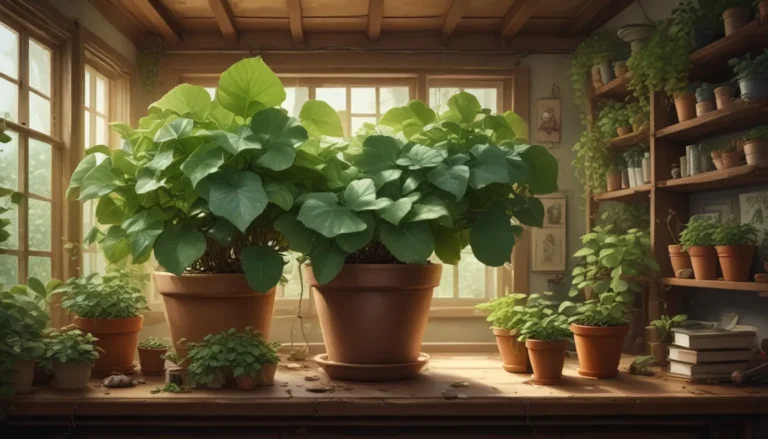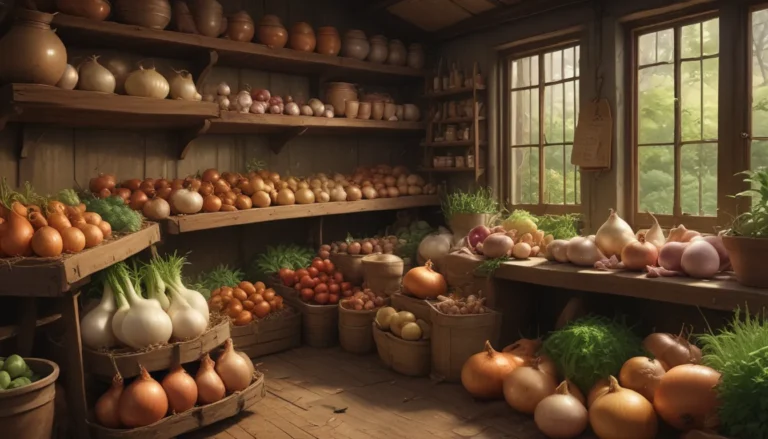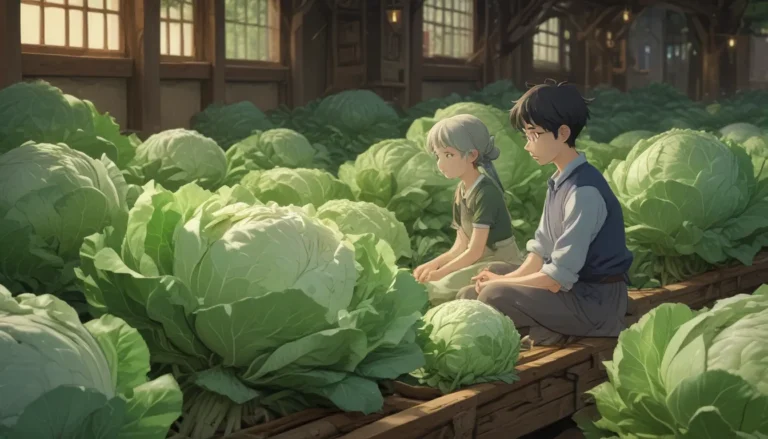Cultivating Toyon: Your Guide to Growing Heteromeles arbutifolia

Are you looking to add a touch of California magic to your garden? Look no further than toyon, also known as California holly or Christmas berry. This iconic evergreen shrub is not only a stunning addition to your landscape but also serves as a crucial habitat plant for native wildlife.
Let’s dive deeper into the world of toyon to uncover everything you need to know about cultivating this beautiful species in your garden. Whether you are a seasoned gardener or a beginner looking to explore new plant species, this comprehensive guide will provide you with all the information you need to grow toyon successfully.
The Fascinating World of Toyon
Before we delve into the cultivation and growing tips for toyon, let’s explore the rich history and cultural significance of this unique plant. Native to California, toyon has deep roots in indigenous cultures, with tribes like the Ohlone, Chumash, and Tongva utilizing its berries and wood for various purposes.
The name “toyon” itself is a Spanish transliteration of the indigenous name “tottcon,” highlighting the importance of this plant to the native populations of California. Over the years, toyon has gained popularity among English-speaking residents, earning monikers like California holly and Christmas berry for its festive red berries.
Despite its associations with the holiday season, toyon is much more than a decorative plant. It plays a vital role in California’s chaparral and oak woodlands, providing food and shelter for a diverse array of wildlife. From pollinating butterflies and moths to birds like mockingbirds and cedar waxwings, toyon serves as a lifeline for many species.
Cultivation and Propagation
Now that we’ve gained insights into the cultural and ecological significance of toyon, let’s explore the practical aspects of growing this magnificent plant in your garden. Whether you choose to start from seed, cuttings, or transplanting from a nursery, there are various methods to propagate toyon successfully.
From Seed
If you opt to grow toyon from seed, you’ll need to follow a few essential steps to ensure successful germination. Harvesting ripe red berries in November and extracting the seeds from the fruit is the first crucial step. Once you have the seeds, sow them in a well-draining potting mix and provide adequate moisture and sunlight for germination.
From Cuttings
Alternatively, propagating toyon from cuttings is another effective method to expand your plant collection. By taking new growth cuttings in spring or early summer and rooting them in a perlite and sand mix, you can create new toyon plants with relative ease.
From Seedlings/Transplanting
If you prefer a more straightforward approach, acquiring seedlings from a nursery and transplanting them into your garden can be a convenient option. Ensure that you provide the right growing conditions, including full to part sun and well-drained soil, to help the toyon thrive in its new environment.
How to Grow Toyon: Essential Tips
Now that you’ve learned the basics of cultivating toyon, let’s explore some essential growing tips to help your plants thrive:
- Plant in full sun to part shade: Toyon prefers sunny to partially shaded locations in well-drained soil.
- Watering frequency: Start with deep, weekly watering for the first few months, gradually decreasing to once or twice a month.
- Mulching: Apply regular mulch around the base of the plant to regulate soil temperature and retain moisture.
By following these simple tips, you can ensure that your toyon plants remain healthy and vibrant throughout their growth cycle.
Pruning and Maintenance
Toyon responds well to shaping and pruning, allowing you to sculpt it into a multi-stemmed shrub or a tree-like form. By removing dead or diseased branches and applying a layer of mulch around the base, you can help your toyon plants thrive and maintain their structural integrity.
Cultivars to Select
If you’re looking to add a unique twist to your garden, consider planting cultivars like ‘Davis Gold,’ known for its distinctive yellow berries. This cultivar offers a refreshing variation from the traditional red berries and can enhance the visual appeal of your landscape.
Managing Pests and Disease
While toyon is a resilient plant, it may encounter pests and diseases that require attention. By incorporating beneficial insects, targeted pruning, and low-risk insecticides, you can effectively address common issues such as soft scale, thrips, and fire blight that may affect your toyon plants.
Best Uses of Toyon
Toyon is an ideal choice for habitat gardens, slope stabilization, and natural hedges. By interplanting it with other native species like manzanita, California lilac, and oak, you can create a thriving ecosystem that supports local wildlife and promotes biodiversity in your garden.
Quick Reference Growing Guide
To help you navigate the world of toyon cultivation, here’s a quick reference guide summarizing key details about this beloved plant:
- Plant Type: Evergreen woody shrub or small tree
- Hardiness (USDA Zone): 7-10
- Exposure: Full sun to part shade
- Water Needs: Low
- Height: 8-10 feet
- Spread: 6-8 feet
- Common Pests: Soft scale, thrips, lace bugs
- Common Diseases: Fire blight, leaf spot, rot, scab
By referring to this guide, you can quickly access essential information about toyon and make informed decisions regarding its cultivation and care in your garden.
Cultivating Relationships with Toyon
In conclusion, cultivating toyon is not just about growing a beautiful plant – it’s about fostering deeper connections with the land, history, and wildlife that surround us. By incorporating native species like toyon into our gardens, we create spaces of refuge and healing for all beings, bridging the gap between humans and the natural world.
As you embark on your journey with toyon and other California native plants, remember that each plant tells a story and plays a vital role in the intricate web of life. By nurturing these relationships, we enrich our lives and contribute to the well-being of our environment.
So, whether you’re a seasoned gardener or a novice enthusiast, consider adding toyon to your garden and embark on a journey of discovery, connection, and growth that transcends the boundaries of our individual plots of land.
With its rich cultural heritage, ecological significance, and practical growing tips, toyon is a fascinating plant that offers much to explore for gardeners of all levels. By following the guidelines outlined in this comprehensive guide, you can cultivate toyon successfully and create a vibrant habitat for native wildlife in your garden. So, roll up your sleeves, grab your gardening tools, and get ready to cultivate your own slice of California magic with toyon.





